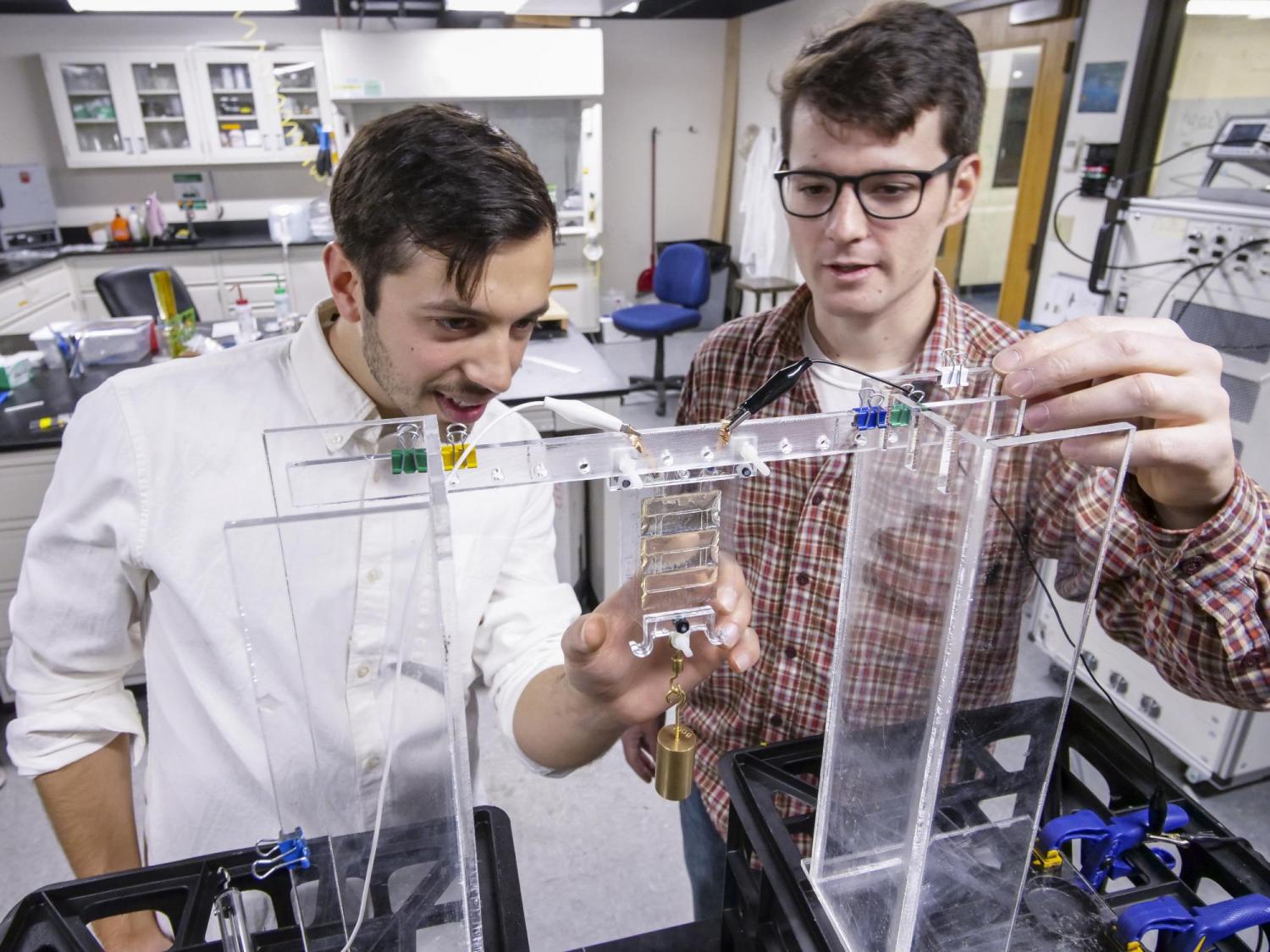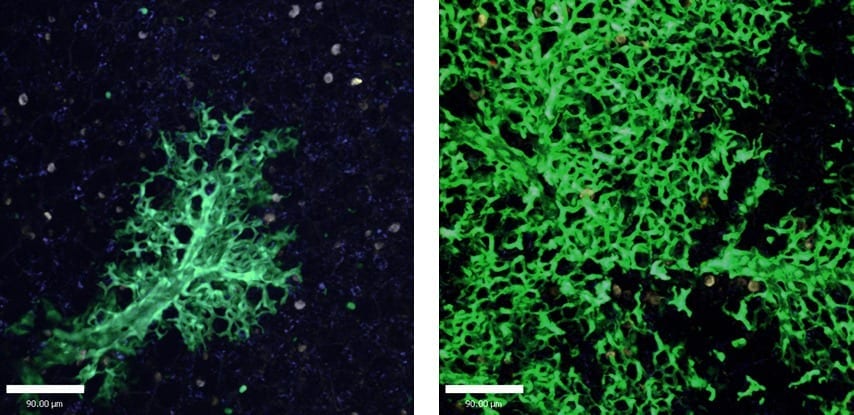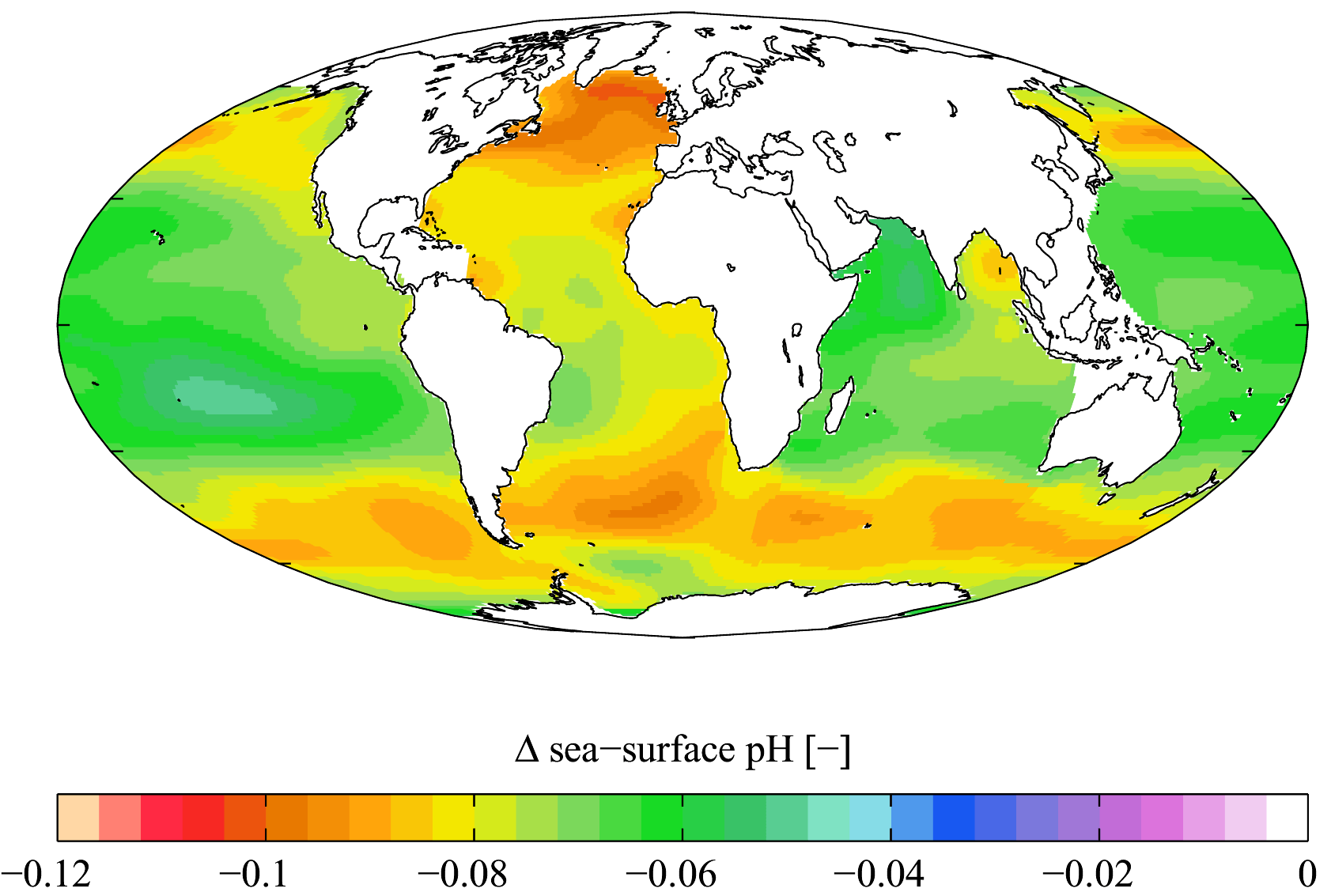
Scientists studying thin layers of phosphorus have found surprising properties that could open the door to ultrathin and ultralight solar cells and LEDs
Scientists studying thin layers of phosphorus have found surprising properties that could open the door to ultrathin and ultralight solar cells and LEDs.
The team used sticky tape to create single-atom thick layers, termed phosphorene, in the same simple way as the Nobel-prize winning discovery of graphene.
Unlike graphene, phosphorene is a semiconductor, like silicon, which is the basis of current electronics technology.
“Because phosphorene is so thin and light, it creates possibilities for making lots of interesting devices, such as LEDs or solar cells,” said lead researcher Dr Yuerui (Larry) Lu, from The Australian National University (ANU).
“It shows very promising light emission properties.”
The team created phosphorene by repeatedly using sticky tape to peel thinner and thinner layers of crystals from the black crystalline form of phosphorus.
As well as creating much thinner and lighter semiconductors than silicon, phosphorene has light emission properties that vary widely with the thickness of the layers, which enables much more flexibility for manufacturing.
“This property has never been reported before in any other material,” said Dr Lu, from ANU College of Engineering and Computer Science, whose study is published in the Nature serial journal Light: Science and Applications.
“By changing the number of layers we can tightly control the band gap, which determines the material’s properties, such as the colour of LED it would make.
“You can see quite clearly under the microscope the different colours of the sample, which tells you how many layers are there,” said Dr Lu.
Dr Lu’s team found the optical gap for monolayer phosphorene was 1.75 electron volts, corresponding to red light of a wavelength of 700 nanometers. As more layers were added, the optical gap decreased. For instance, for five layers, the optical gap value was 0.8 electron volts, a infrared wavelength of 1550 nanometres. For very thick layers, the value was around 0.3 electron volts, a mid-infrared wavelength of around 3.5 microns.
The behaviour of phosphorene in thin layers is superior to silicon, said Dr Lu.
“Phosphorene‘s surface states are minimised, unlike silicon, whose surface states are serious and prevent it being used in such a thin state.”
Read more: Sticky tape and phosphorus the key to ultrathin solar cells
The Latest on: Phosphorene
[google_news title=”” keyword=”phosphorene” num_posts=”10″ blurb_length=”0″ show_thumb=”left”]
via Google News
The Latest on: Phosphorene
- Electronic and spintronic devices articles from across Nature Portfolioon April 20, 2024 at 5:00 pm
Bifurcation of exceptional points (EPs) could offer applications in metrology by amplifying sensitivity. The authors find that introducing experimentally nonlinearity can bifurcate the EP ...
- The new 2D frontier of Silicene, Stanene, Germanene, Antimonene, and Phosphoreneon February 22, 2024 at 1:06 am
Silicene, stanene, germanene, antimonene, and phosphorene, composed of single elements from groups 14 and 15 of the periodic table, represent a fascinating subset of 2D materials that are not as ...
- Aims & Scopeon November 16, 2021 at 2:06 am
Representative journal scope includes: 2D materials in all their forms: graphene, transition metal dichalcogenides, phosphorene and molecular systems, including relevant allotropes and compounds ...
- Phosphorene reveals its superconductivityon April 12, 2017 at 2:39 am
Just as graphite is made up of millions of layers of graphene, black phosphorus consists of layers of phosphorene that can be isolated. New research now reveals phosphorene to possess properties as ...
via Bing News










